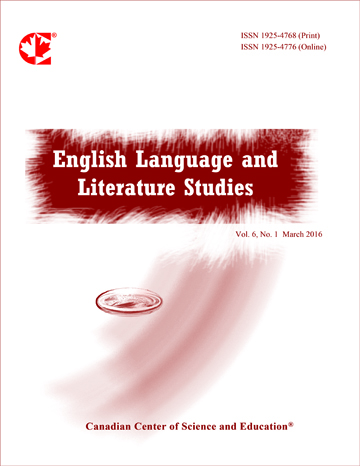Color as Metaphor—A Study of Joyce’s Use of “Black” and “Green” in Dubliners and A Portrait of the Artist as a Young Man
- Yutong Xie
Abstract
In a literary work, color is often employed to create a certain atmosphere, portray the characters or convey the author’s emotions. The eleven basic colors frequently appear in James Joyce’s two early works, Dubliners and A Portrait, carrying with them rich metaphorical implications. This reveals Joyce’s expert use of color as metaphor.
From the perspective of the theory of conceptual metaphor, this thesis analyzes the complicated metaphorical meanings of the color black in Dubliners and A Portrait, which is the keynote in the two works and also the color green, which is the national color of Ireland, mainly endowed with a metaphorical meaning of rottenness. In these two works, “black” and “green” are found to be endowed with both positive and negative metaphorical meanings, producing an ironic effect, which in some way, reveals Joyce’s complicated feelings about his motherland. His use of the colors black and green as metaphors draws our attention to the fact that when he was writing these two works, he intended to express his detestation of the evilness of the Irish Catholic church, the decay of Irish politics, the corruption of Irish education and the decline of Irish society, though at the same time, he was still emotionally attached to his motherland, Ireland.
- Full Text:
 PDF
PDF
- DOI:10.5539/ells.v5n4p61
